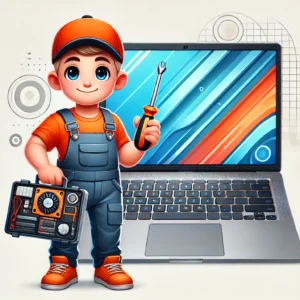Computer Repair
Computer Repair. PC Repair.
🔍💻 In this guide you will learn how to diagnose and solve common problems of PC clearly and safely. Follow the steps and check the results after each change.
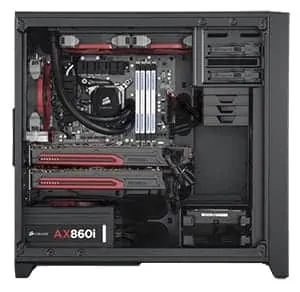 📌 Before you begin:
📌 Before you begin:
- 💾 Back up your important files.
- ⚡ Turn off and disconnect the equipment from the power.
- 🖐️ Discharge static electricity (ESD) by touching a metal surface.
- 🛡️ Check the manufacturer's warranty; opening the device may void it.
Areas covered by this guide: Windows, Linux, and macOS. Includes software issues (system errors, viruses, email) and hardware issues (won't turn on, strange noises, system failures, etc.) hard disk, memory, source, etc.).
Quick diagnostic steps 🛠️
- 🔍 Observe symptoms: Does it turn on? Are there any beeps, lights, or messages? Any noises from the disk/fans?
- 🔌 Connections: Check the power cable, power strip, socket, charger and switch rear of the source if it exists.
- 💡 Basic Startup: Disconnect peripherals, leaving only the keyboard/monitor; try turning it on again.
- 🧰 Safe Mode (Windows/macOS): If it starts, uninstall recent programs and update drivers.
- 📊 Records and health: Check Event Viewer/Diagnostics, temperatures and SMART from the disc.
- 🔄 Firmware: Consider updating BIOS/UEFI and SSD firmware with the manufacturer's tools.
- 🧪 Isolate hardware: Try a different power supply/cable/video/monitor; remove RAM modules and test one at a time.
🆘 When to stop: burning smell, sparks, spilled liquid, visible physical damage or clicks disk failures. In these cases, contact a trusted technical service.
DIY Guide: Home Diagnostics and Budgeting
📌 Use this mini-guide to estimate the scope of the problem before deciding on advanced steps.
- 🔎 Identify the affected component (board, RAM, storage, power supply, OS) depending on the symptoms.
- 📷 Documenta the error (photos/codes) to search in official sources and technical forums.
- 🧪 Crossmatching: change port/cable, start with rescue USB, check on another computer if possible.
- 📝 Note the changes made and results so as not to repeat steps.
If you are planning an upgrade or building from scratch, check out planning and compatibility resources (CPU/RAM/GPU, case size, power supply), and consider guides such as building my PC to select components.
Guarantees and security ⚠️: Opening the system or tampering with the motherboard may void the warranty. Avoid tampering with the power supply if you are inexperienced. For intermittent power failures or short circuits, prioritize safety.
Computer Repair – All services for your computer repair.
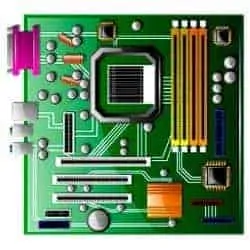 🔧 Motherboard (basic diagnosis): 🔧 Motherboard (basic diagnosis):
📎 If you notice a burning smell or swollen components, stop. | 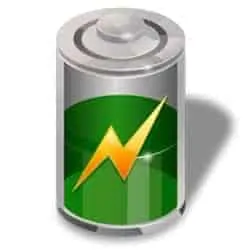 🔌 Power supplies: 🔌 Power supplies:
|
 🖥️ Operating systems: 🖥️ Operating systems:
| 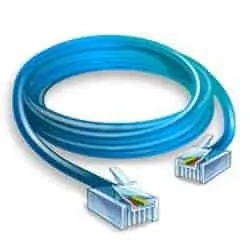 🌐 Networks and Internet: 🌐 Networks and Internet:
|
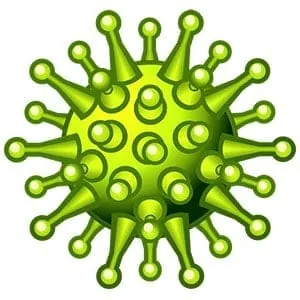 🛡️ Malware: 🛡️ Malware:
Pop-ups, intrusive ads, or slowness? |  💾 Data: 💾 Data:
|
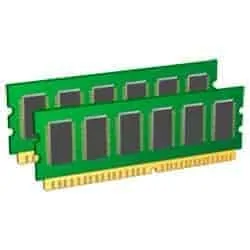 🧩 Extensions (PC, GPU, CPU, RAM, SSD): 🧩 Extensions (PC, GPU, CPU, RAM, SSD):
|  🧭 Software: 🧭 Software:
|
Quick Checklist for “PC Repair” at Home
- 🔎 Identify the main problem before opening the equipment.
- 🧼 Cleaning: Remove dust and renew thermal paste if the temperature is high.
- 💡 Try a minimal boot (board, CPU, one RAM module, video, storage).
- 📊 Monitors disk SMART and temperatures after each change.
- 🛡️ Keep backups and restore points.
- 🧯 Stop if you detect a burning smell, sparks, or spilled liquids.
- ℹ️ Check out related internal resources and guides to expand on each step.
- 🆘 If the problem persists or is complex (soldering, power supply, microelectronics), consult a trusted technician.
Related guide: MacBook Repair – MacBook Repair, Click here.
Read also How to build a gaming PC, Click here.

QUICK DIY GUIDE
Summary of common tasks and their estimated difficulty (use internal links to expand on each topic).
| # | DIY Task | Level |
|---|---|---|
| 1 | Dust cleaning and replacing thermal paste 🧼 | 🧩 Basic |
| 2 | Initial boot and hardware diagnostics 🔍 | 🧩 Basic |
| 3 | Scanning of virus and security reinforcement 🛡️ | 🧩 Basic |
| 4 | Drive Evaluation and Data Backup 💾 | 🔧 Intermediate |
Still failing? Steps and options to continue
If, after following the guide, the equipment freezes or does not respond: 1) confirm a recent backup, 2) stop tests if there are risks (⚡/🔥/💧), 3) document the failure and the test history, and 4) consider going to a trusted technical service for advanced diagnostics (board, power supply, soldering, professional data recovery).





